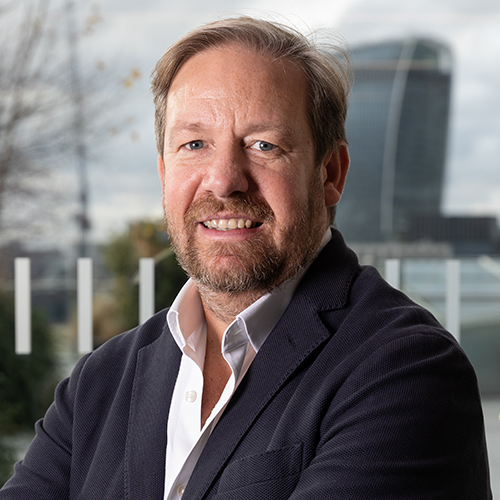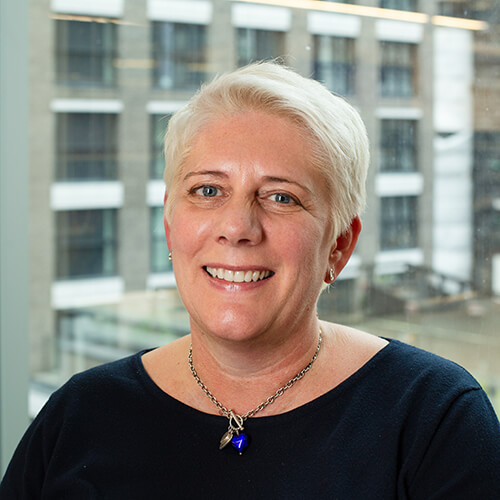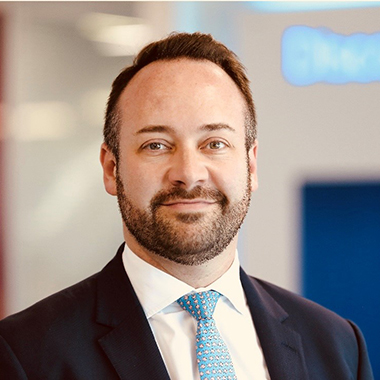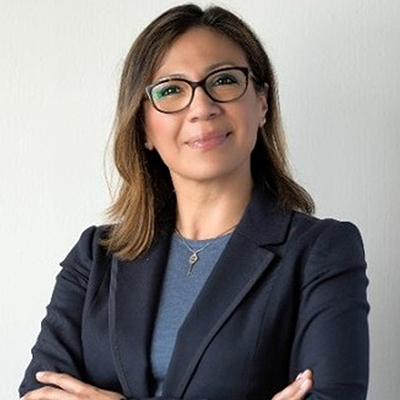We’ve had a monumental 2025. From winning major awards to connecting more people than ever, we continue to build a network our country can be proud of and that supports the UK's digital future.
The way we think about the network is changing. Traditional networks did different things. Our phone calls ran over the PSTN network. Mobiles relied on transmitters beaming our mobile network across the land. And then came broadband, initially piggy-backing the PSTN network before landing on its own fibre network.
But those siloes are swiftly becoming a thing of the past. Today, we’re building one converged network, with the ultimate aim to support seamless switching between the underlying technologies on which your device depends.
Our network vision is customer-centric
We’re building a highly configurable and adaptable network, where every connected device works seamlessly with whatever attributes you need – bandwidth, latency, reliability – all within a leading, secure environment.
We’re building to meet future network demand
Consumers, businesses, public and private organisations are all consuming ever higher bandwidths, clamouring for more features, ubiquitous coverage, continuous availability, and seamless connectivity between fixed, mobile, and cloud-based services.
How we’re future-proofing
the nation’s network
You may not even realise you’re using it but modern life is only possible because of the work we’ve put into creating, maintaining, and expanding our network.
We all know we’re using the network when we’re streaming TV, checking in on our social media, and downloading photos from the cloud, but there are myriad connections continually happening in the background. The NHS, blue light services, and air traffic control all rely on a robust, secure, nimble network to keep us safe.
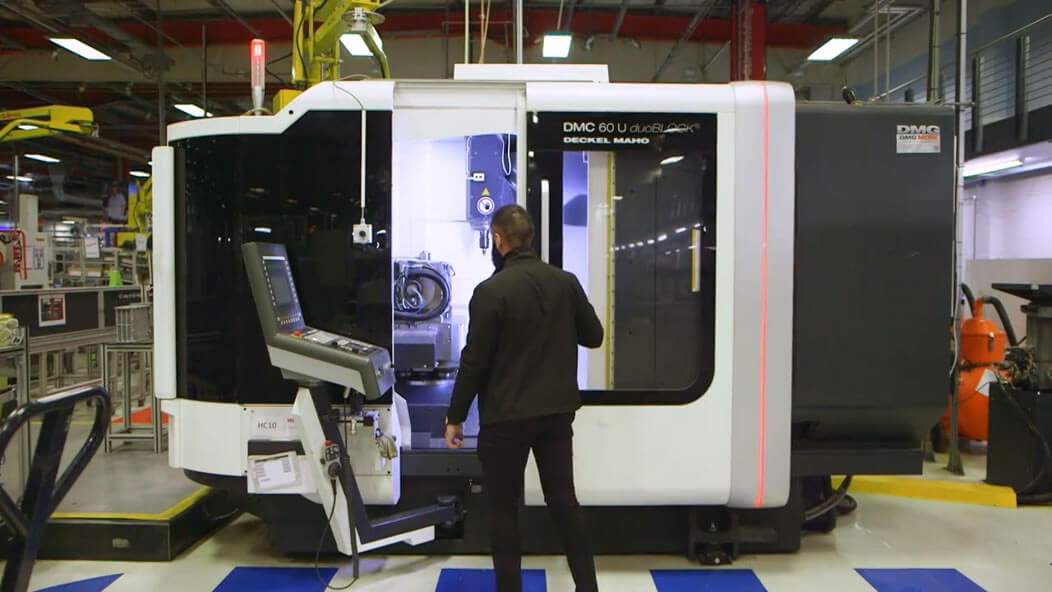

Businesses of all stripes are increasingly reliant on cloud-based apps for everything they do: think Microsoft Office 365, Adobe Creative Suite, VoIP phone systems and so on. Smart cities wouldn’t be so smart without our network underpinning street lighting, car parking, traffic control, flood defences, payment systems, entry systems, and virtually-everything-systems.
And that’s just what we do now. The internet of things (IoT) is still in its infancy. We need to build a network that’s fully prepared for the challenges of the future. Seamless integration of cloud services is essential. And the more complex our network, the more devices we connect to it, the more applications that run over it, the more we need to protect it against cyber-criminals. Our network doesn’t just have to work, it has to be totally secure.
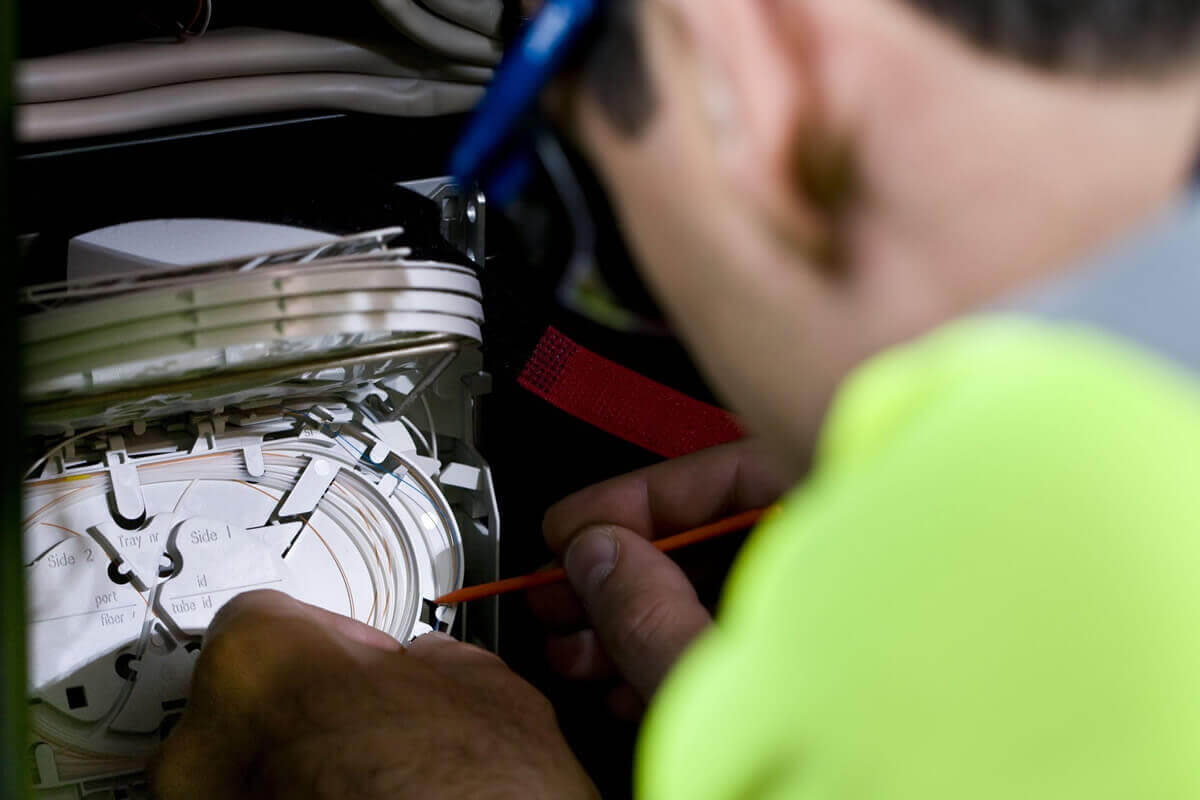

The demands on network capacity are always increasing. And we’re always exploring ways of expanding that capacity. Currently, we’re looking at:
- Developing and demonstrating new optical network technologies – right back to the fundamental physics
- Developing innovative radio access network (RAN) technologies, including Massive MIMO, small cell and open RAN (O-RAN) technologies
- Continuing to push the capabilities of our copper access network
- Exploring alternative technologies such as satellite and drone based broadband for remote areas
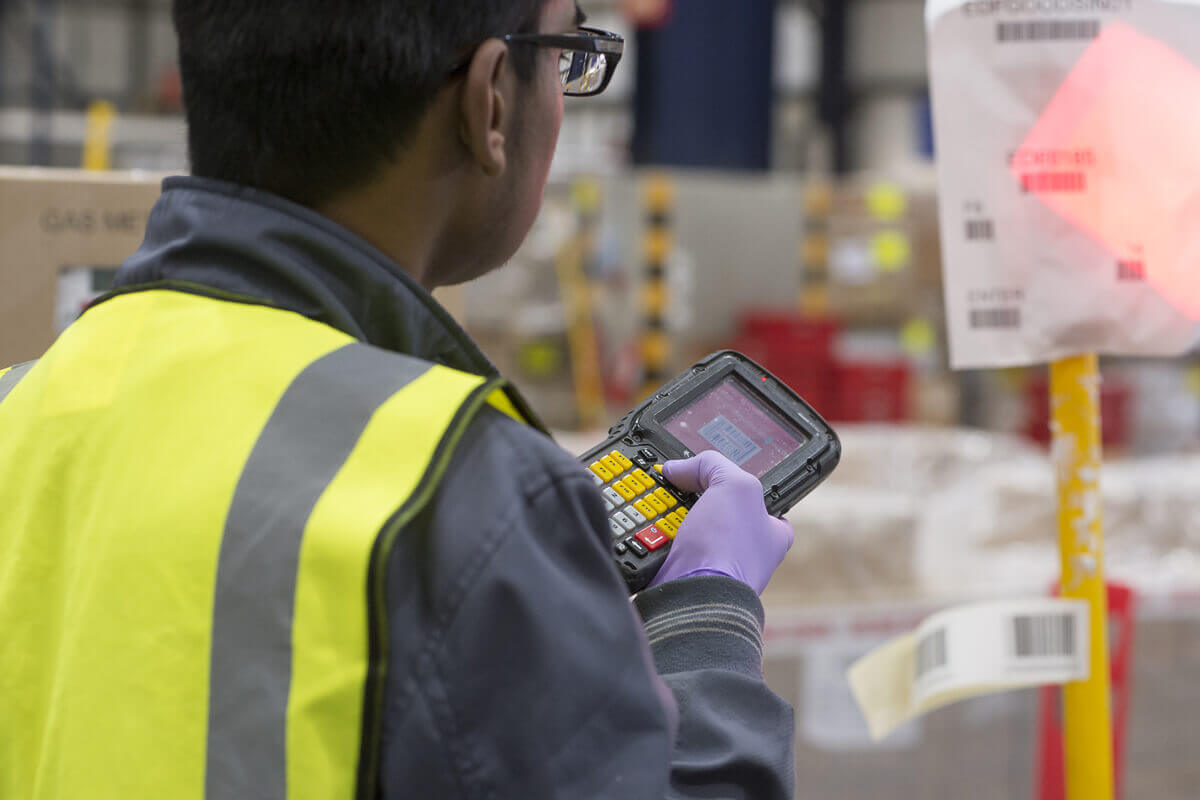

A future network needs future-first thinking; we have to build enablers into the current network that will make that future network possible. It’s as if we’re leaving tools for our developers to pick up further down the line. So we’re embedding enablers of emerging technology into the network. Things like cloud-native network architecture, AI and intelligent network management tools.


We strive to understand all aspects of our networks performance, from the fundamental network metrics (speed, latency, throughput, downtime, and so on – all the usual numbers on the dashboard) through to the true customer-level quality of experience (QoE). This allows us to give the customer the best experience for their needs, every time.
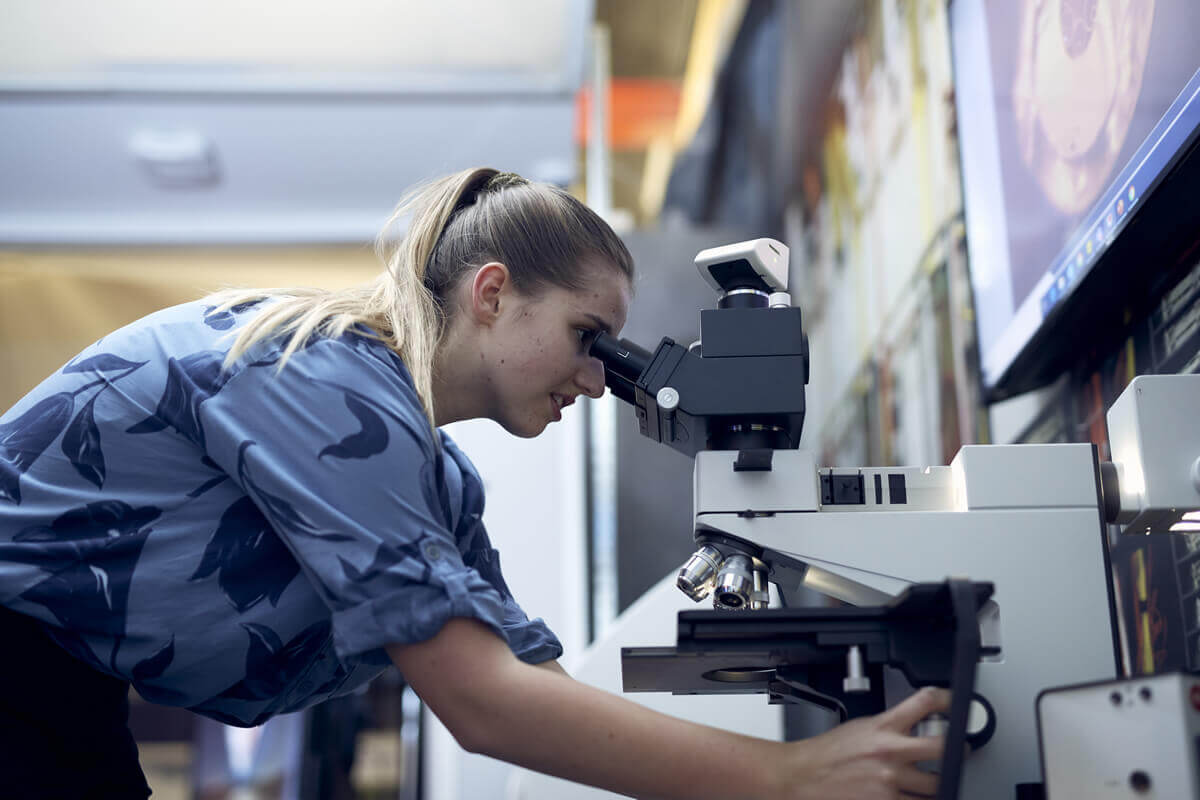

To keep our place as Network leaders we’re continuously innovating around network technology, pioneering the next generation of communication capabilities to deliver the ultimate converged customer experience.
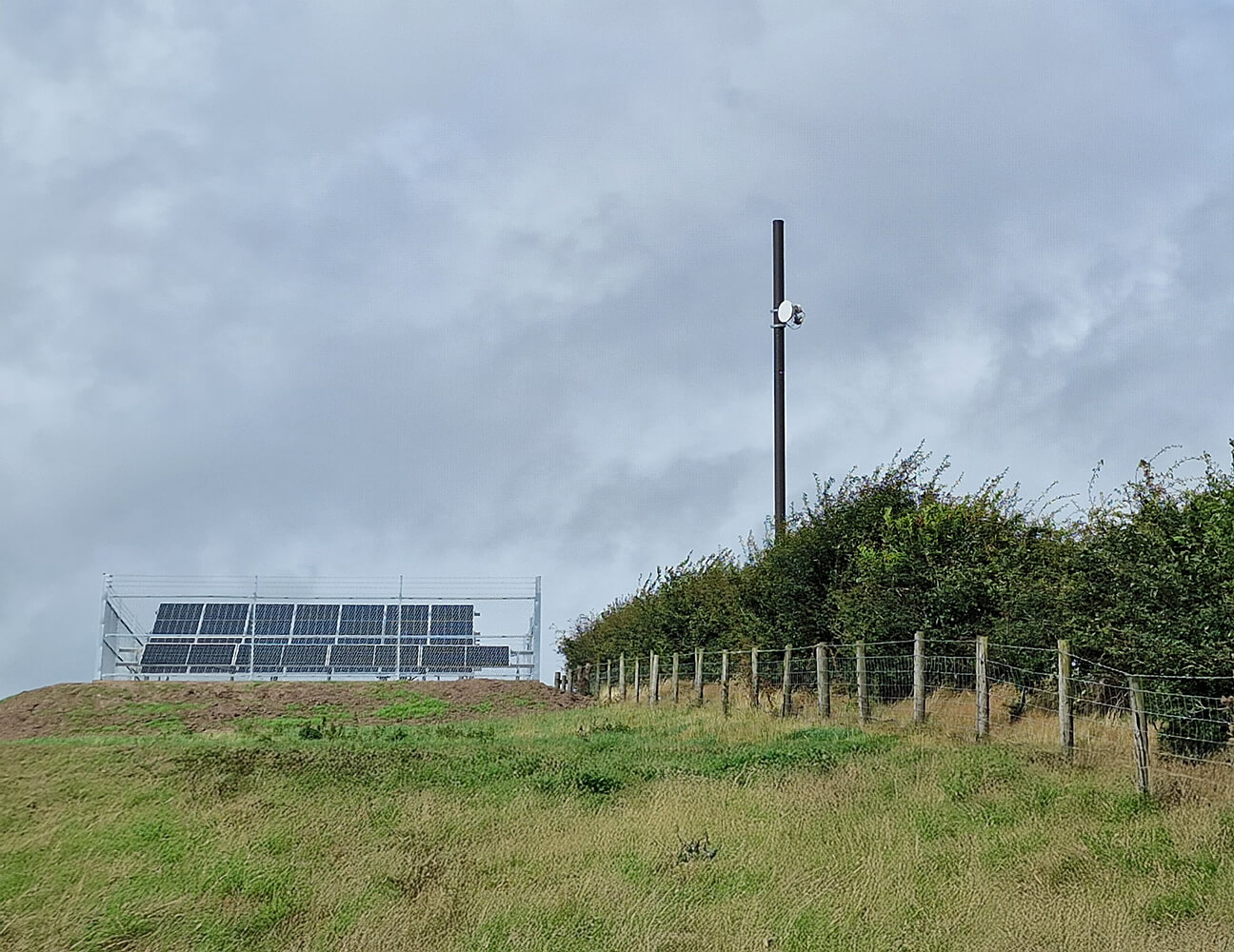

With an ambition to become a net zero business by 2031, improving the energy efficiency of our networks is a major priority for us. Whether using emerging tools like AI and machine learning to dynamically match power consumption with network usage, switching on our first renewably powered RAN site, or turning off energy-inefficient legacy technologies, we’re making strong progress towards delivering against this objective across both our fixed and mobile networks.
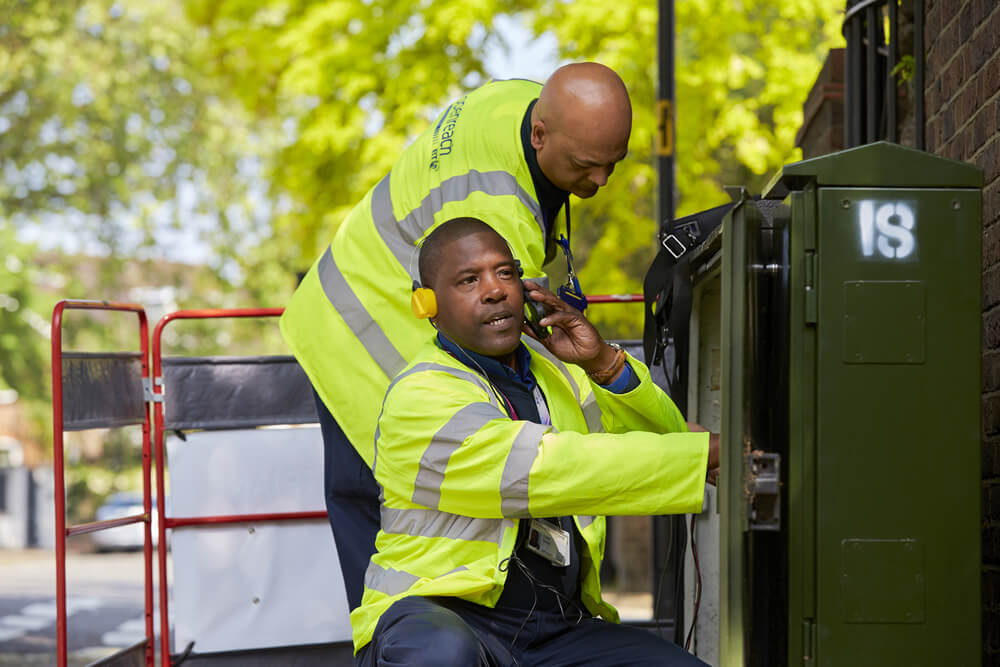

It’s time to make way for an all-IP (internet protocol). In the UK, the PSTN (public switched telephone network) remains the dominant telephone network. As a technology from the 20th century, it’s unable to keep pace with the digital demands we’re all placing on it today.
That’s why we’re moving all our customers onto our new fully digital network. We’ve already started and by the time we’ve finished every phone line in the UK will be digital, routing all phone calls over IP rather than the tradition PSTN. Giving our customers crystal clear voice quality and integrating voice with the rest of their broadband services.
Research and development
Greg McCall
Chief Security and Networks Officer
BiographyAppointed January 2026.
Since joining BT in 2013, Greg has held senior roles across the business, most recently as BT’s Chief Networks Officer. Greg played a pivotal role in launching the UK’s first 5G network, delivering the Emergency Services Network, and led the rapid rollout of BT Sport. Under his leadership, BT achieved industry-leading performance, including the only 900-point score in the Umlaut Benchmark, and introduced cutting-edge products like Wi-Fi 7.
Prior to BT, Greg spent 17 years in senior roles at TalkTalk and Carphone Warehouse.
Close